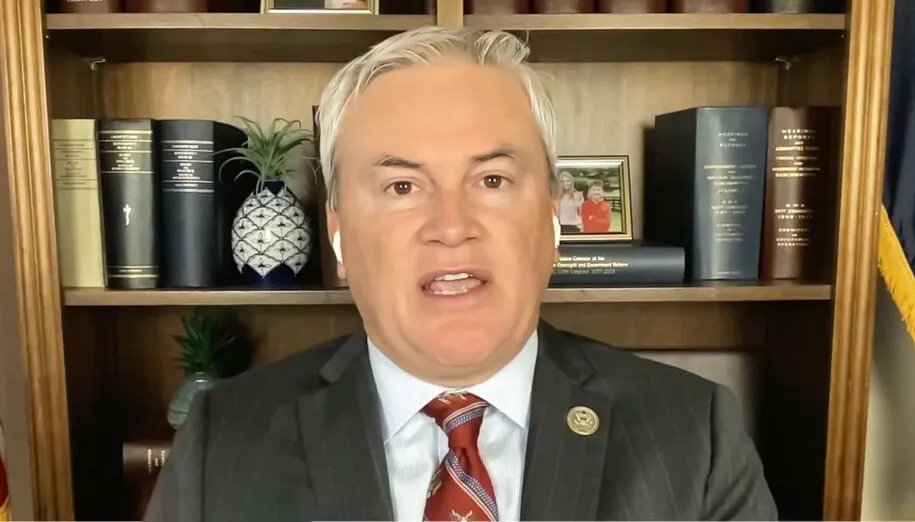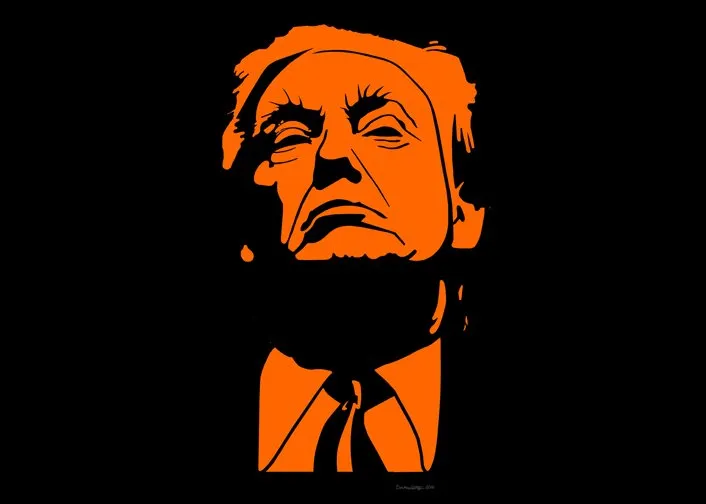How could a fringe internet conspiracy theory have found its way into the heart of a major US political party?
The main ideas behind the QAnon movement are about pedophilia and Satan worship by Democrats and a coming violent “storm.” Many of the pro-Trump Capitol insurrectionists were QAnon supporters.
This all may seem new. But conspiracy theories are as American as apple pie.
A conspiracy theory gains political power
In the middle of the 19th century, conspiracy theories powered a political movement that dominated state governments, found its way into the House of Representatives, and became a force in presidential politics. This movement known as the “Know Nothings” may not have seized the White House, but its story bears an uncanny resemblance to what’s happening in today’s Republican Party.
The “Know Nothings” started as a secretive group convinced that the country was being controlled by a secretive cabal, and much like Trump-era Republicans, their anxieties were rooted in a country that was rapidly changing around them.
The arrival of hundreds of thousands of poor Irish Catholics in the 1840s led to a rise of political groups in New York, Boston, Baltimore, and Philadelphia convinced that these immigrants would take direction from the Pope, undo American democracy, and steal jobs from US “native” citizens.
Members of a group like the Order of the Star-Spangled Banner, when asked about their views and political plans, would say: “I know nothing” – hence, the name.
The “Know Nothing” movement needed both oxygen and fuel. The panic over an influx of Irish-Catholics was the oxygen, and the fuel was provided by the break-up of a major American political party, the Whigs.
So in the 1850s the “Know Nothings” suddenly were able to fill the void and become a political force.
The “Know Nothing” movement smartly avoided the issue of slavery, instead directing their passions toward laws against drinking.
They used an Aristotelian syllogism: Irish immigrants were fond of alcohol; they were Catholics; they were faithful to the Pope; hence alcohol was evil.
So the focus became passing laws against immigration; laws banning any new immigrants from municipal jobs; and laws to prevent immigrants from attaining citizenship.
The “Know Nothings” began to control politics in Massachusetts, Pennsylvania, Rhode Island, Maine, and California. They also held numerous seats in state assemblies throughout the South, and sent more than 40 representatives to the US House and Senate.
Most of them supported nativist, anti-immigrant legislation, all spread by theories about the Pope’s aggression and plots against the sovereignty of the United States.
The movement dies; the nativism and hatred remain
Though the “Know Nothing” political movement collapsed, the anti-immigrant nativism of the “Know Nothings” has never gone away.
If 19th century Catholic priests and nuns were accused of strangling babies and holding young women against their will, it’s not hard to fathom conspiracy theorists falling for QAnon’s obsession with imagined Democratic pedophiles.
Lessons of history, as Mark Twain quipped, often rhyme, which means that its lessons resonate over generations. One lesson for 2021 Republicans is that being purely against something and/or someone can only take you so far.
For example, the “Know Nothings” needed that surge of Irish Catholic immigration of the 1840s to create an opening for a movement whose ideas were anti-immigration.
Republicans and QAnon – today’s Know-Nothing movement?
Conspiracy theories do best when they avoid the light of public scrutiny. As a national movement the “Know Nothings” movement was destined to go only so far before it splintered, fractured, and collapsed.
Today the QAnon movement threatens to push Republicans much closer to the fate of the “Know Nothings.” Many Trumpist Republican voters have grievances about economic equity and opportunity, but the party by its silence has accepted the poster child of the QAnon movement Rep. Marjorie Taylor Greene (R-GA), who is vocally racist, anti-Semitic, misogynist, Islamophobic, and homophobic.
As Trump remains the party’s figurehead, even out of power, fervent supporters who keep him there support all that Rep. Greene stands for. They are hard-to-control online insurrectionists.
The Republican party will struggle to survive without Trump and his sycophant’s energy, and will be limited as a national party because of it. That limit is one lesson of the “Know Nothings.”
A final lesson of the “Know Nothings” is that Trump’s voters aren’t going anywhere, even if the party begins to splinter. Many are angry at a political system that has failed them, and an economy that has changed too quickly and disruptively.
The task ahead for Joe Biden and the Democrats is to address the complaints, distinct from the conspiracy theories – and to show that Democrats and government are not the enemy.
–30–
Comments







